(PLVN) - In the era of the 4.0 Industrial Revolution, artificial intelligence (AI) has been changing the way people work. Besides opportunities, AI poses significant challenges for workers, especially manual workers and those who are less able to adapt to rapid changes in technology. To ensure that no one is left behind, it is necessary to implement support plans for workers right now.
Urgent need to "upgrade" technology for workers
A recent study by the International Monetary Fund (IMF) found that artificial intelligence could impact 40% of jobs worldwide and 60% in advanced economies . According to experts at the World Economic Forum (WEF), low-skilled jobs are most at risk of losing to AI, but over time, AI will gradually have a positive impact, with developments expected to create about 69 million jobs by 2027.
Faced with rapid market changes, WEF found that businesses are increasing employee training to improve skills to keep up with the demands of the times and overcome labor shortages in key areas. AI can also be a catalyst to create new industries, stimulating economic growth.
At a workshop on labor and employment in the era of artificial intelligence held in Ho Chi Minh City last December, Mr. Dao Trung Thanh - Deputy Director of the Institute of Blockchain Technology and Artificial Intelligence ABAII made the following statement: "40% of workers will need to be retrained in skills from now until 2025 to adapt to the development of AI and automation". According to Mr. Dao Trung Thanh, AI not only creates new job opportunities but also brings attractive income. Specifically, the average salary of an AI engineer is currently 200,000 USD/year, 2.3 times higher than that of a regular software engineer. These figures show that AI is not only a trend but also poses an urgent need for high-quality human resources in the digital age.
Currently, in many large corporations in the country, AI training programs are being implemented for all departments. For those working in fields not directly related to technology, a number of AI courses for non-specialists are also being implemented to help workers perceive and apply AI in their daily work. Recently, a number of cooperation agreements on skills training, helping workers improve their qualifications between large corporations and prestigious domestic technology enterprises have taken place, this is a good sign for workers as well as the labor market in the time of AI.
For small and medium-sized enterprises, investment in technology is often more limited, but the "learning by doing" model has been implemented. Employees are assigned to apply AI to their work processes with the support of experts. The "updating AI for workers" movement has also been responded to by many small and medium-sized enterprises, with experts invited to provide on-site training, supplementing knowledge and skills in using AI in the workplace for employees.
For workers in the state sector, training and developing human resources to adapt to the new situation should also be considered urgent and placed as a top priority, especially in the current situation where the country is streamlining its workforce and aiming for operational efficiency.
In the article “Artificial Intelligence and Human Resource Development in the Public Sector in Vietnam” by Dr. Trinh Huyen Mai and Master. Le Ho Vi, recently published in the Journal of State Management, there are quite new proposals on the issue of enhancing training and upgrading labor in the public sector. According to the two authors, the development of cadres, civil servants and public employees must combine a comprehensive approach including smart recruitment, continuous training andeducation and creating a working environment that supports learning and innovation. By doing so, state management agencies can ensure a solid foundation for the future Digital Government to be able to take advantage of opportunities and confidently face challenges.
The state needs to focus on continuous training and development of civil servants in the context of digital transformation and competition with AI. State agencies need to realize that continuous learning is the key to ensuring that civil servants have the right skills and knowledge to apply AI. Creating appropriate and effective training and development programs is an important factor. These training and development programs should be designed to teach digital skills to civil servants without a solid technology background. Through comprehensive training and development, civil servants will gain a deep understanding of the technologies used in their organizations, allowing them to contribute more effectively to the challenges and opportunities of applying AI in the public sector.
Don't let unskilled workers be "left behind"
It can be affirmed that AI has helped automate many processes, reduce errors and increase labor productivity. However, this rapid development has also caused many traditional jobs to disappear, posing the risk of unemployment for low-skilled workers. In particular, industries such as manufacturing, delivery, customer service, etc. are being threatened by the high automation and efficiency of AI. On the contrary, AI also creates many new jobs such as developing source code, data and training AI models. However, these jobs require high expertise and technical skills, making it difficult for manual labor forces.
One of the main challenges in society is the “technology gap”. Technology in general and AI in particular are creating technological inequality between social classes. Many groups will be left behind in the process of technological development such as the elderly, the poor, people in remote areas, etc.
In particular, middle-aged and elderly workers, due to limitations in technology adoption, face the risk of being replaced by AI systems, and the risk of being "left behind" is present.
Unskilled workers are often the most vulnerable group in the AI era due to their lack of specialized skills. Therefore, according to experts, solutions to support workers in the AI era need to target unskilled workers. In particular, experts have proposed a number of major solutions to help them avoid being "left behind" in the labor market, improve their skills and adapt well. These solutions include investing in retraining and upgrading programs for workers, helping them to be able to switch to other jobs. For example, AI crash courses, short courses on digital skills, data analysis, or AI system management can help with quick integration...
Experts also advise that businesses should combine investment in automation with increased staffing for jobs that require human interaction. For example, in the service industry, robots can replace basic tasks such as delivery, while employees focus on providing a high-quality customer experience.
Experts say that in the AI trend, businesses and governments need to emphasize the unique role of humans: creativity, empathy and ethics. These are the abilities that will create breakthroughs in industries such as the arts, education and medicine.
Another important factor to prevent workers from becoming homeless and losing their livelihoods is to implement social security policies such as connecting workers, creating basic income, or providing temporary financial support for workers who lose their jobs during the transition to the AI economy.
It can be said that AI not only brings challenges, but also opens up great opportunities. The Government, businesses and social organizations having effective policies to accompany workers will be an important factor helping Vietnam respond to the AI revolution in a flexible and sustainable way.
Source: https://baophapluat.vn/lam-gi-de-ho-tro-lao-dong-truoc-lan-song-ai-post536815.html


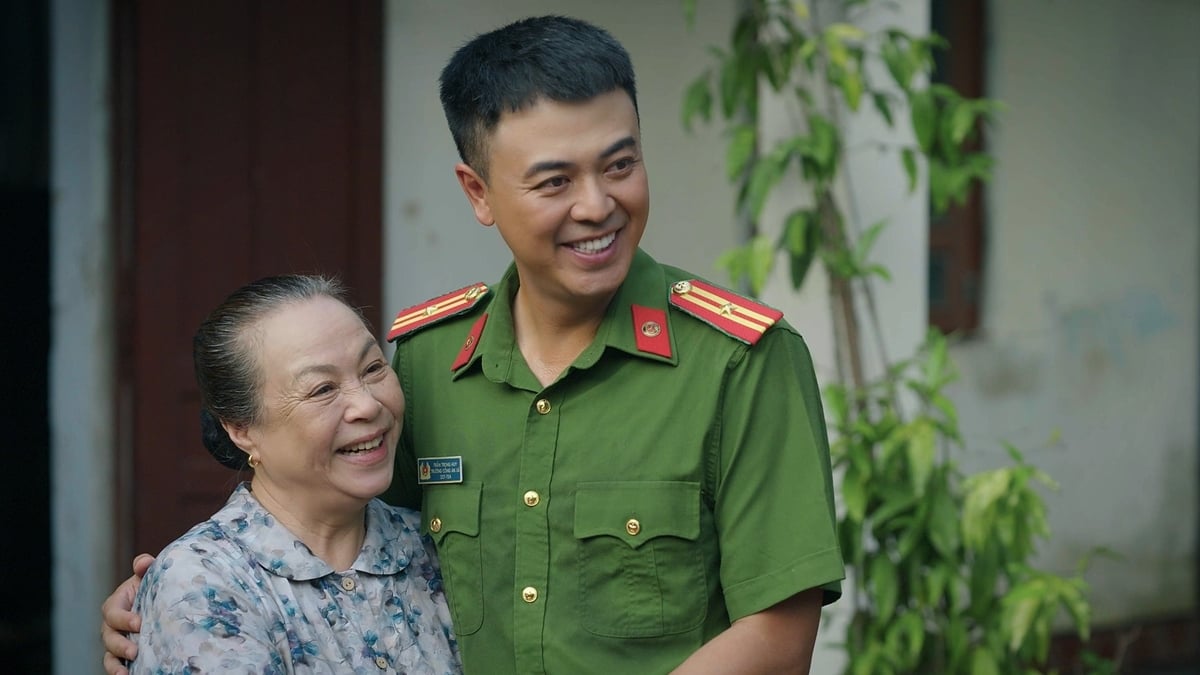
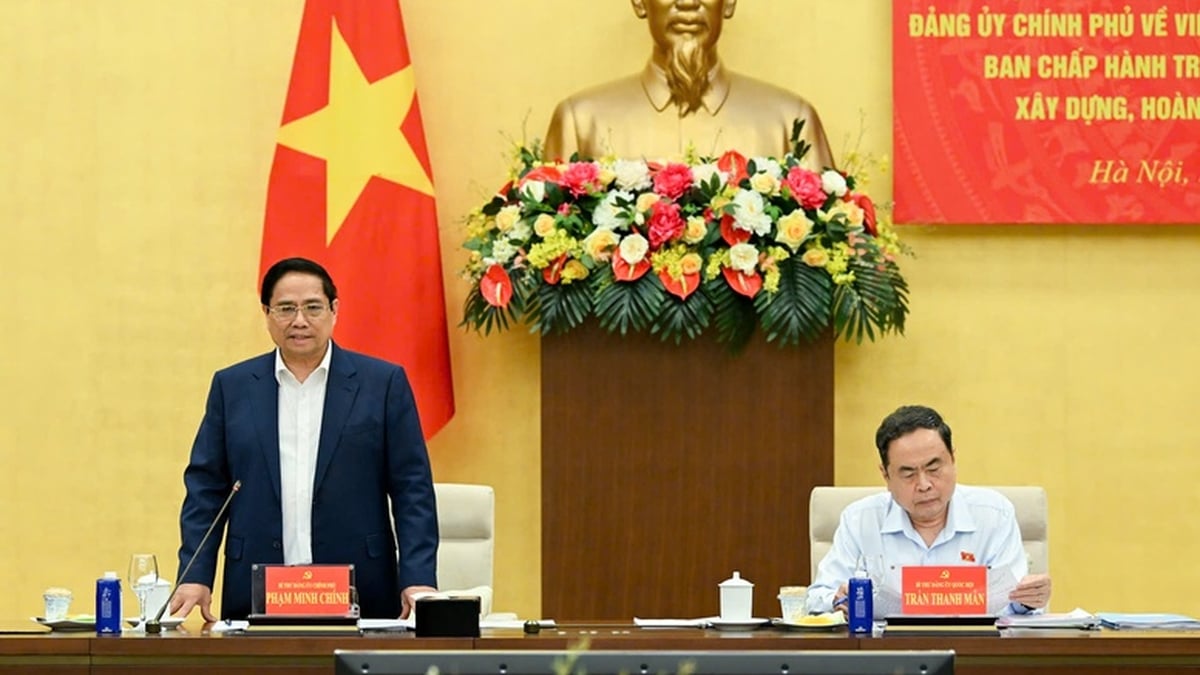
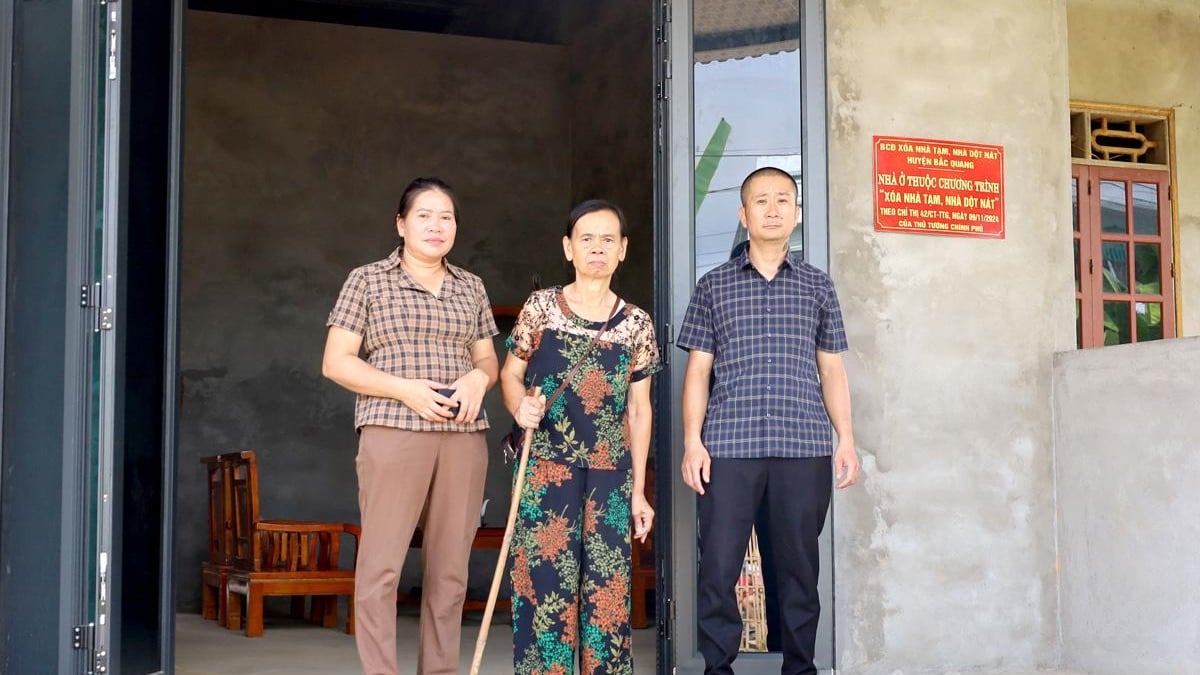
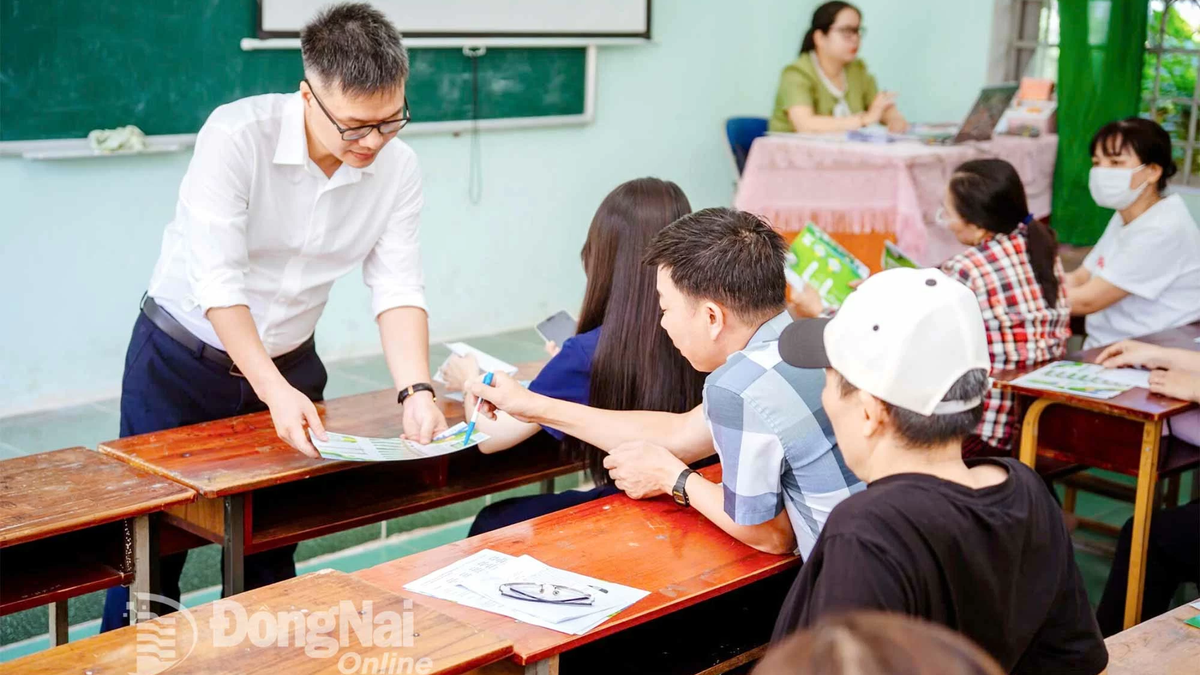
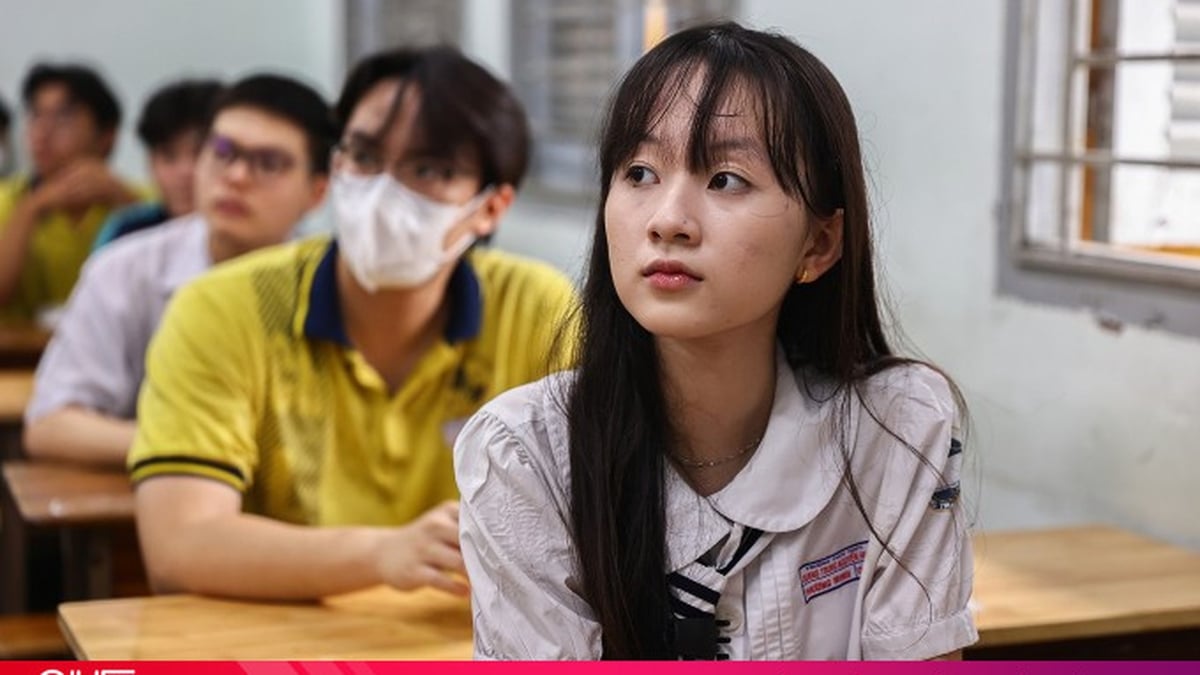




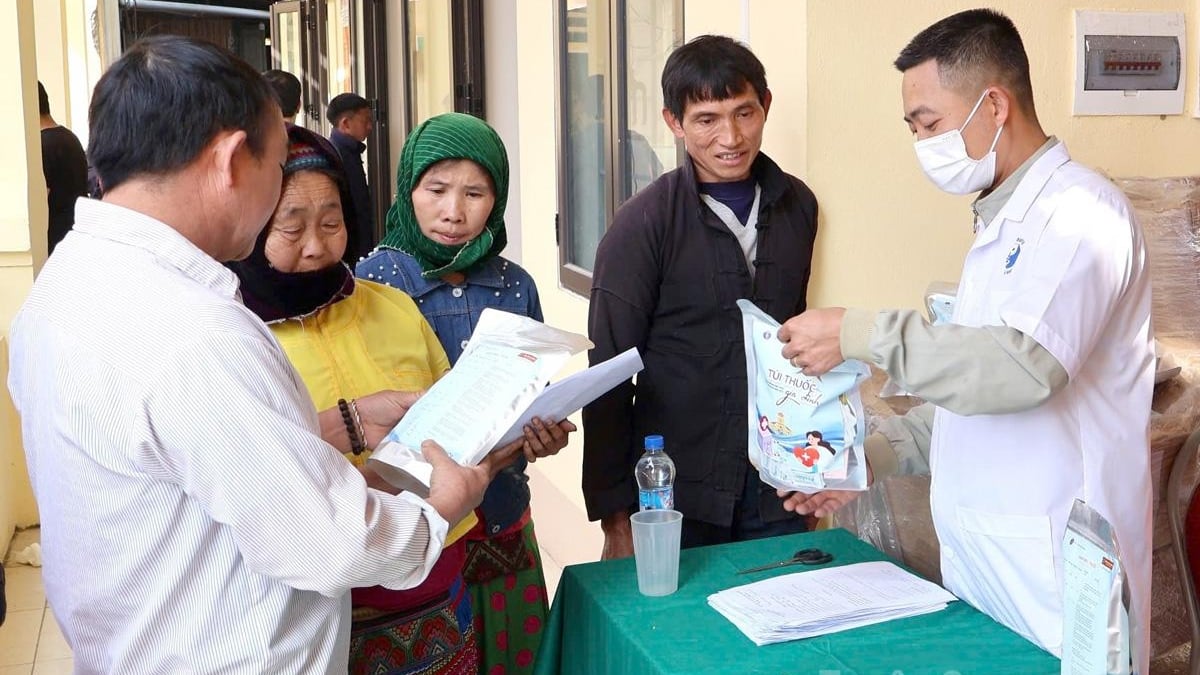















































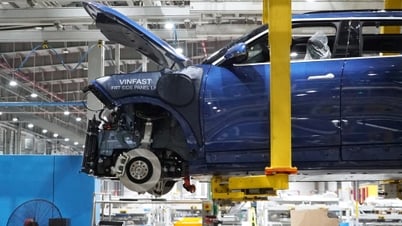





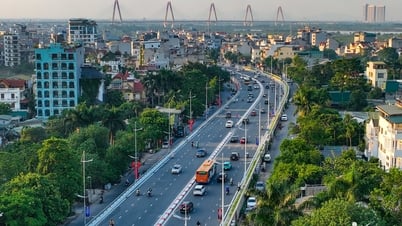
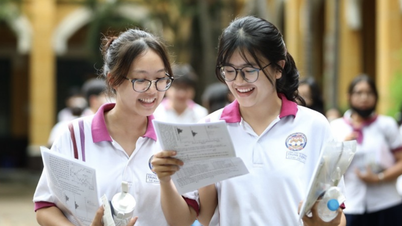







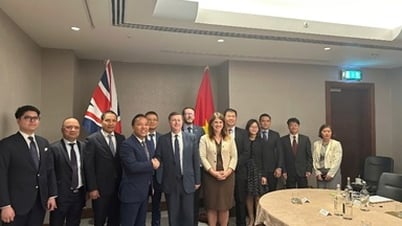

























Comment (0)